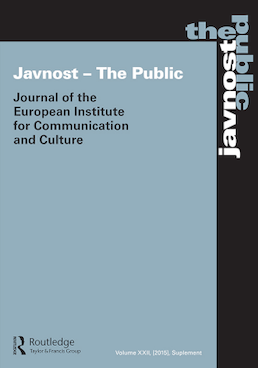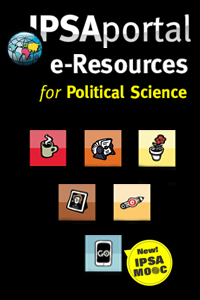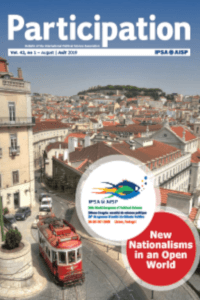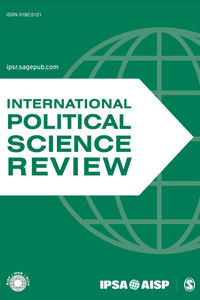

What happens to the public sphere in a situation of societal lockdown?
The Covid-19 pandemic of spring 2020 led within a very short time to an unprecedented moment of societal standstill. Public spaces became inaccessible as encounters with others were defined as risks.
The lockdown of public life radically changed culture, politics, and markets. While individuals were forced into privacy, concerns about the expected negative impact of the lockdown were growing. Media consumption grew, as people in forced isolation were in need of orientation and accurate information. Yet, enhanced public debates also contributed to widespread uncertainty and put governments increasingly under pressure of legitimation. As the pandemic continued to spread, the economy started to experience a recession, and unemployment increased. At the same time, civic rights and constitutional guarantees were seriously curtailed, democratic elections had to be postponed, and governmental executives in many places extended their control power.
The COVID-19 crisis can, in this sense, be said to disrupt ‘normal’ modes of public sphere functioning in the form of providing audiences with reliable and necessary information, giving them orientation and facilitating participation in public life. In this normal mode, the public sphere functions as an ‘uncertainty reducing mechanism’. Knowledge is accumulated, shared, and channeled in a way to facilitate informed public opinion, will formation and participation. In the exceptional ‘crisis mode’, public spheres need to face enhanced uncertainty: knowledge is not (yet) available, orientation is lost, and information that can be used for political decision-making is largely unreliable, dissonant or contested. The public sphere in crisis mode is, however, not only confronted with the possibility of its own breakdown and disruption but also enters an experimental mode of coping with a chance to overcome established routines and activate processes of social change and learning. Such new modes of publicness are facilitated, above all, by the use of digital media. With social distancing becoming the new rule, people seek new ways to connect online and engage in public life at local, national, and transnational level. Public sphere disruptions and renewals thus seem to be intrinsically related.
In this special issue, we wish to collect contributions that discuss public sphere dynamics and functioning in a situation of societal lockdown, closure of public life, and forced retreat into privacy. Contributions should cover one or several of the following topical areas:
- Creative use of digital media during the pandemic;
- The relationship between closure and relaunch of public life during the lockdown;
- Changing private-public relationships;
- Patterns of news production, diffusion, and consumption during the pandemic;
- Mechanisms to cope with dissonant information flows;
- Public responses, political mobilization, and protest;
- Interconnections between the local, national and transnational spheres;
- Public opinion formation, especially the dynamics of public debates and effects on the polarization of opinion;
- From pandemic to infodemic: fake news and conspiracy under a public sphere perspective;
- The changing role of science and expertise as drivers of public sphere dynamics.
Abstracts of prospective articles should include information about the theoretical framework, the general argument of the study and in case of empirical research the data source and empirical evidence on which the findings are based. Abstracts should not exceed 500 words and sent to Hans-Jörg Trenz, University of Kopenhagen (trenz@hum.ku.dk) by 15 September 2020.
Editors:
Prof. Dr. Barbara Pfetsch, Freie Universität Berlin, Weizenbaum Institute for the Networked Society and
Prof. Dr. Hans-Jörg Trenz, University of Copenhagen, Department of Communication











